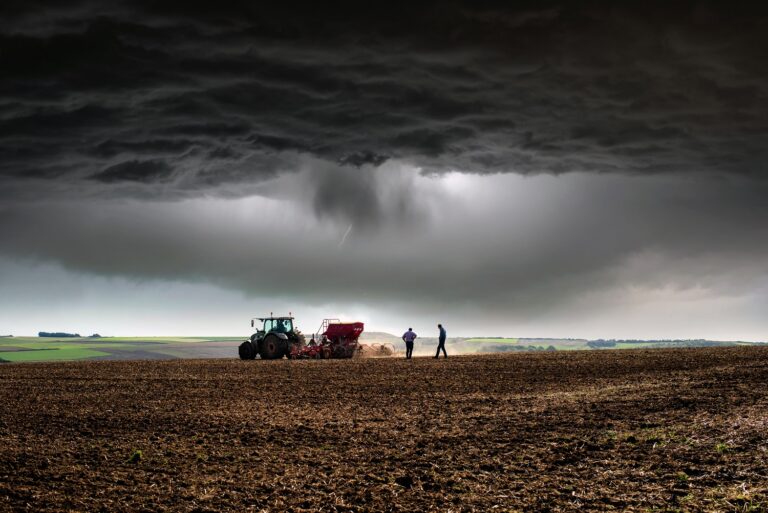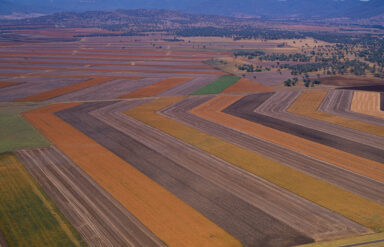Heavy rains this week throughout NSW have confirmed what many already knew – the drought in many parts of the state is over.
- This most recent deluge follows the Australian east coast’s wettest summer since 2011/12. As the La Niña cycle nears its end, its influence over March rainfall is apparent as shown in Chart 1.
- The timing of the rain is largely positive for farmers. The 2020 cereal crops have been harvested and the 2021 crops not yet planted. This rainfall represents an early autumn break in south-eastern cropping regions by boosting soil moisture which will allow for early winter crop sowing.
- The filling of on-farm water storages and storages in the Murray-Darling Basin will increase the productive capacity of irrigated industries in New South Wales and Victoria.
- The continued improvement in seasonal conditions has put downward pressure on temporary water prices. According to the Bureau of Meteorology, the average surface water allocation price across the Southern Murray-Darling Basin in March 2021 fell to $100 per megalitre (chart 2). This compares to the average of $620 per megalitre recorded in early March 2020. Lower water prices will translate directly into higher on farm margins and the credit outlook for the coming 18 months
- When the improved production outlook is combined with surging Chinese import demand for protein and grains, that feed their domestic protein, our downside risk to Australia farm credit is further reduced
- The African Swine Fever that has plagued the Chinese hog heard over the last 2 years has led to beef and pork imports of 3-4 times historical levels (Figure 3 & 4).
- Whilst Australia is experiencing geopolitical tension with China that may limit direct imports of our agricultural product, the overall global supply demand equation has tightened significantly. These tighter markets for broadacre crops and livestock underpins the revenue line for many of our prospective borrowers.
Figure 1: Australian Rainfall Analysis
Figure 2: 2020/21 Murray-Darling Basin Allocation Trade History, Bureau of Meteorology
Figure 3: Chinese Pork Imports being maintained at 3-4 times historical levels
Figure 4: Chinese Beef Imports being maintained at 3 -4 times historical levels



